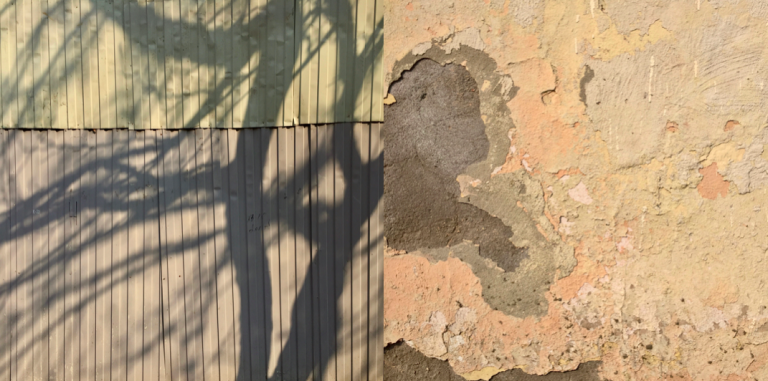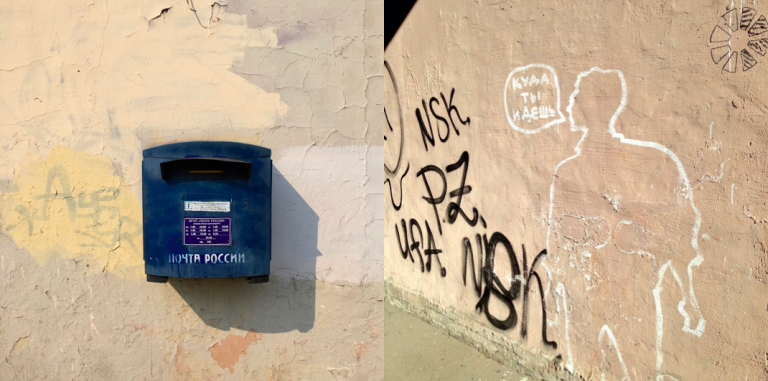Breath and colours of Saint Petersburg / March, April3 min read
“Once upon a time there was a little boy. He lived in the most unjust country in the world. Which was ruled by creatures who by all human accounts should be considered degenerates. Which never happened.
And there was a city. The most beautiful city on the face of the earth. With an immense gray river that hung over its distant bottom like the immense gray sky over the river. Along that river there stood magnificent palaces with such beautifully elaborated façades that if the little boy was standing on the right bank, the left bank looked like the imprint of a giant mollusk called civilization. Which ceased to exist”.
[Brodsky J. Less Than One. – NY: Farrar Straus Giroux, 1986. P. 32.]

Since then, nothing has changed. Freedom begins when you forget the middle name of a tyrant. Here I take photos on the way to the university at the “big bridge arched against the dark blue sky like an iron palate.” [Ibid. P. 32.]
The viscous transition from winter to spring is a moment of timelessness.
March




Despite everything, it is spring again in St Petersburg. All the same. Every year it’s hard to believe. The city annually revives. The city which survived the blockade with the worst winter months. “A faint life was beginning to glimmer”. I would like to share with you these feelings – I have chosen Joseph Brodsky’s “Less Than One”. Brodsky describes St. Petersburg after the War, but like this experience, the city recovers each year after a rough, unbearable winter. Instead of bullets – new wounds on the skin of the city, looking deeper at the skin of the citizen.
April

“For the beginning I had better trust my birth certificate, which states that I was born on May 24, Leningrad, Russia, much I abhor this name for the city which long ago the ordinary people nicknamed simply “Peter” – from Petersburg. There is an old two-liner:
The sides of people
Are rubbed by Old Peter…” [Ibid. P. 4]

“In the national experience, the city is definitely Leningrad; in the growing vulgarity of its content, it becomes Leningrad more and more. Besides, as a word, “Leningrad” to a Russian ear already sounds as neutral as the word “construction” or “sausage”. And yet I’d rather call it “Piter”, for I remember this city at a time when it didn’t look like “Leningrad” – right after the war. Gray, pale-green façades with bullet and shrapnel cavities; endless, empty streets, with few passerby and light traffic; almost a starved starved look with, as a result, more definite and, if you wish, nobler features. A lean, hard face with the abstract glitter of its river reflected in the eyes of its hollow windows. A survivor cannot be named after Lenin.” [Ibid. P. 4]


“Those magnificent pockmarked façades behind which – among old pianos, worn-out rugs, dusty paintings in heavy bronze frames, leftovers of furniture (chairs least of all) consumed by the iron stoves during the siege – a faint life was beginning to glimmer…” [Ibid. P. 4]

(Where are you going?)



